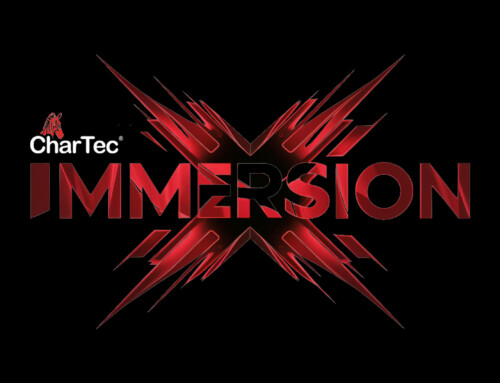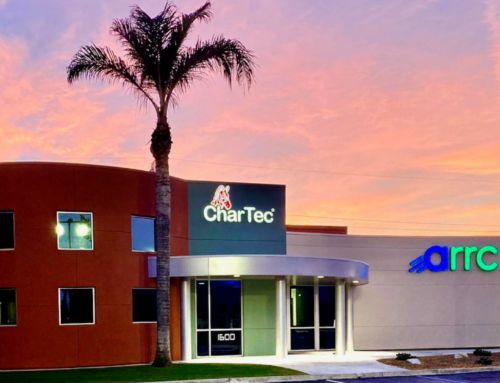If you’re an MSP who is going through a growth phase, and you’re still keeping records and tracking your Techs on spreadsheets, notepads, or even Post-it notes, it’s time to look into automating your day-to-day processes. If you’re already automated but have been through some changes recently, you probably need to make some updates too. And that’s what we’ll be talking about today: PSA, or Professional Services Automation.
As you know, PSA is an automated process through which daily tasks and procedures in the Managed Services Industry are processed through a software application to help you run your business more efficiently. This usually includes the creation, storage, and management of your operating processes. It will perform routine tasks quickly, freeing your employees to focus on more important duties.
If you’re looking to add a PSA system to your business or make changes to your existing system, here are some of the factors that will help you make that decision:
- You want to maximize your employee’s time.
- Your business is growing and you have a budget for expansion.
- You had a downturn in business and need to take control of your budget.
- The vendor you use merged with or was bought out by another company.
- You’re not happy with your current service.
Watch out for these factors or any other changes in your business that seem to be inefficient. There are many more reasons why you’d want to make a switch from what you’re currently doing, and realistically, you don’t need much of a reason at all to make a change. Also, don’t wait for the perfect time to implement or change your system. We have bad news for you: there will never be a perfect time to change. One motto we pass along is; never let perfection be the thief of good enough. That translates to: just do it! Get started now and start reaping the rewards of a well-run business.
Rex Frank of Sea-Level Operations and our Operations Lab instructor here at CharTec has a section he covers in his “6 Painful Lessons Learned in 30 Years” session he gives regularly at our Academy, which covers the Sea-Level 5 Phases of integrating a new management system, or PSA, into your business. Here are the steps he recommends, along with a little more info:
- Understand the Best Practice. Learn from others. Talk with vendors, other MSP owners, or even Rex himself. Research and find out which technology company currently leads the industry and meet with them to discuss your needs.
- Document the way YOU do business. How do you run your business and how do you expect your employees to respond to everyday issues? For example; are you operating under a Break/Fix model, or do you only deal with companies that have 50 employees or more? The scale of your business will affect the scale of your needs.
- Train your Team. Once you implement your new system, it’s important to thoroughly train the team that will be using it. It’s important to remember, in the short term, you will lower employee satisfaction when you make a change. You can overcome this by getting everyone up to speed quickly, and also by reminding them that the more efficient they use their time, the greater the profit margin will be. And that’s good for everyone.
- Make the Operational Change. The reason you want to train your team before you make the switch to your new system is that you will discover things that don’t work for you while you’re in the process of training. That also gives everyone a chance to offer up new ideas or to make changes that will better fit your needs.
- Inspect What You Expect. Rex says that anyone can follow the first 4 steps of this process, but what separates good leaders from great ones is that the great leaders won’t be satisfied with only completing the first 4 steps. They’ll want to know if the changes are helping the team. They’ll convey expectations to the team and measure the efficiency of the new processes. There’s no reason to change things if you don’t know if it’s making your team more efficient or not.
Rex also goes on to say that you should be open to new ideas while you’re ramping up with your system. Get feedback from your team in your daily huddles. Listen to what your crew says because they’re the ones using the system, and if something’s not working for them it needs to be addressed.
What started out as mere Ticket Generation has turned into a completely integrated automation system that connects your NOC, Sales, and even the Finance Department. Everyone who needs access to client information can navigate to it when needed. And when information is updated, the change is seen globally.
To quote Rex Frank one more time: “More operational maturity means more administrative overhead.” What he means by that is when your company grows, you’ll need more resources to track your daily operations. MSPs usually solve this by hiring more people. The other option is to utilize a program that manages everything. And, after all, automation will help you maximize efficiency. In the end, better efficiency equates to a better profit margin, and that’s why you’re in this business in the first place.







Leave A Comment